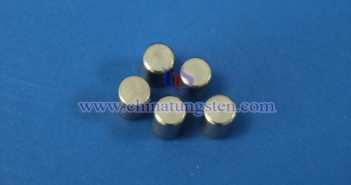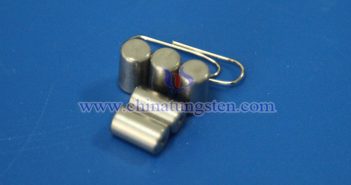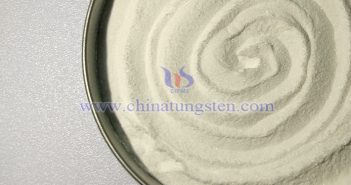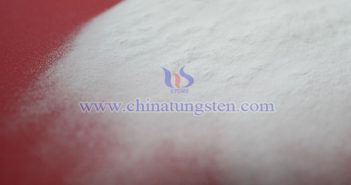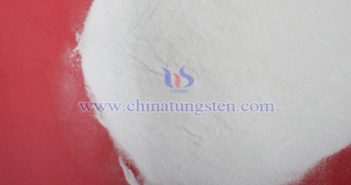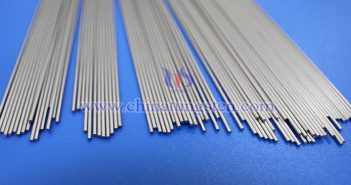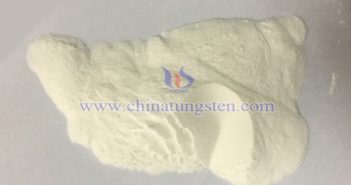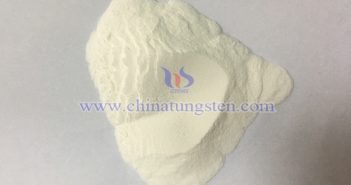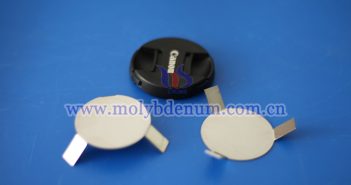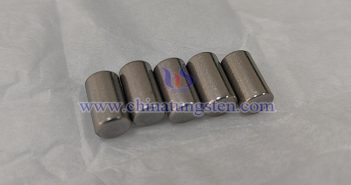
Barium tungsten electrode is an electrode material widely used in the field of electron emission, and its surface microstructure has a decisive influence on electron emission performance, thermal stability and service life. The surface microstructure mainly includes characteristics such as grain size, porosity, surface morphology and microscopic defects, which directly affect the work function, electron emission uniformity and thermal fatigue resistance of the electrode. The main factors affecting the surface microstructure of barium tungsten electrode are as follows: 1. Material…

